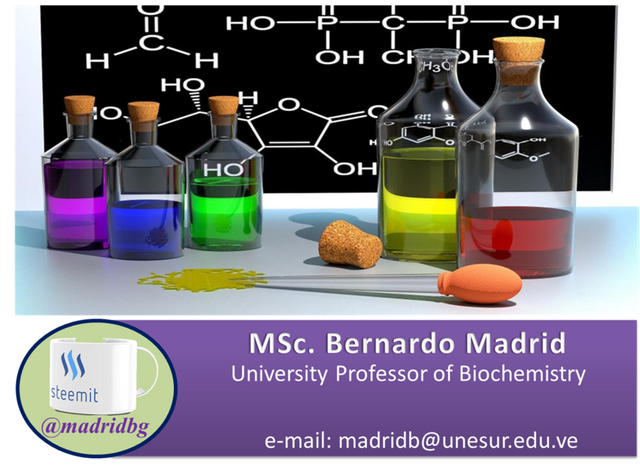PLEASURE AS A NEUROSCIENTIFIC PROCESS, THE DESIRE CYCLE, TASTE AND LEARNING

Author: @madridbg, via Power Point 2010, using public domain images. irfan ullah
Greetings and welcome dear readers of this prestigious platform, this delivery is aimed at understanding the stimuli associated with pleasure from the vision of neuroscience, as a field of knowledge that is responsible for the conceptual and practical approach to the nervous system as a whole, so it covers structure, function and development of this complex, amazing and necessary system for the human species.
In this sense, approaching the nervous system implies being clear about the diversity of interactions that are generated and that are the biological basis of human cognition and behavior, so that the neuroscientific approach must raise and answer questions about the nervous organization of the species being studied.

Fig. 2. The brain and the control of nerve functions. Author: VSRao
Thus, throughout this paper, we will focus our attention on understanding the aspects associated with pleasure, which is based on the approach of three cycles or stages of development such as desire, taste and learning.
According to research Morten Kringelbach there is a world associated with the term pleasure, where components or substances such as drugs, food, sex, music, among others that directly or indirectly awaken this human sensation, so that provide relevant information that allows to establish schemes or mental models to understand the functioning of our brain in terms of pleasure.
Under the author's conceptual approach, pleasure is a way of exploiting or experiencing a world of sensations that develop over the cerebral cortex and are associated with hearing, smelling, tasting and seeing something that is considered pleasurable, so it is considered as a purely sensory act attributed to thought in three stages already mentioned desire, taste and learning.
In order to understand the above, let's analyze the following example, a person addicted to coffee starts creating mental structures around the substance, which begin with an accumulation of expectations long before ingesting the first sip, where sensory interactions associated with sight, smell and taste begin, information that develops in our brain in the form of an impulse or desire product of the experience we have about it.

Fig. 3. What is most desired is what usually causes the most pleasure. Author: Arek Socha
The impulse generated by the expectations created is so great that we are forced to go out in search of a cup of coffee, activating the senses associated with seeing, smelling and tasting the substance, the interactions between these, awakens the hedonic or hot zones of the brain, which generates an even greater impulse on the product. Which upon contact through the first sip, produce a series of pleasurable sensations that we will call pleasure and that are stored in the form of new learning that build the foundation for new experiences.
As we have already mentioned this is a cycle that is constantly recreated and repeated, so that at each onset, neuronal interrelationships are activated generating in some cases synchronization and desynchronizations, where at the level of the synaptic junction electrical signals are transformed into chemical signals and vice versa, so that they are considered pre-established routes through which the signals associated with pleasure move.

Fig. 4. The fundamental chemical and electrical processes in nerve transmissions. Author: Gerd Altmann
These routes can be of two types, the first called hedonic, are those associated with positive affect and pleasure, while the second, called eudaimonic are associated with commitment and self-realization, the latter will end up generating pleasure in the long term.
In general terms, through this paper we have shared small neuroscientific aspects associated with pleasure, but there is still a long way to go so that we will make a cumulative publication associated with this scientific approach.
BIBLIOGRAPHICAL REFERENCES CONSULTED

[1] Dr. Nse. Carlos Logatt Grabner Neurobiology of desire and pleasure. Educar Association. Science and neuroscience applied to human development. Article: Online Access
[2] Ramón C. Leiguarda Neurobiological approach to pleasure and happiness Article: Online Access
OF INTEREST

•

Grateful with the community @project.hope and with all the management team of the same one that they motivate us to continue working in a mutual and balanced growth.


@tipu curate 5
Upvoted 👌 (Mana: 1/6) Get profit votes with @tipU :)
Another interesting theory that I'd like to ask you about Wich is similar to out exposure to caffeine,is when a cook spends hours working on creating a delicious meal or house wife for her family it s actually quite amazing how the cook feels less appealed to food when it's ready to be eaten seen that the senses of smell and sight actually get The feeling of stuffed without actually eating the dish.
How's that to be explained plz?
Greetings friend @racemlaadhar, it is certainly an interesting approach that you make, which in a way you gave answers, to mention our brain is conditioned as we create few expectations about the foods we prepare, scientifically I do not know the substances involved, but I will take the time to find out, thanks for stopping by and leave your contribution.
Huum, interesting. Thanks for effort in doing so.
;)
You present some interesting point of view in the post. Thought proving indeed
Greetings @thetimetravelerz it is wonderful to know that you liked the information we share, the same is focused on a process of conceptual nutrition that can be applied in our daily lives. Greetings and keep reading